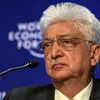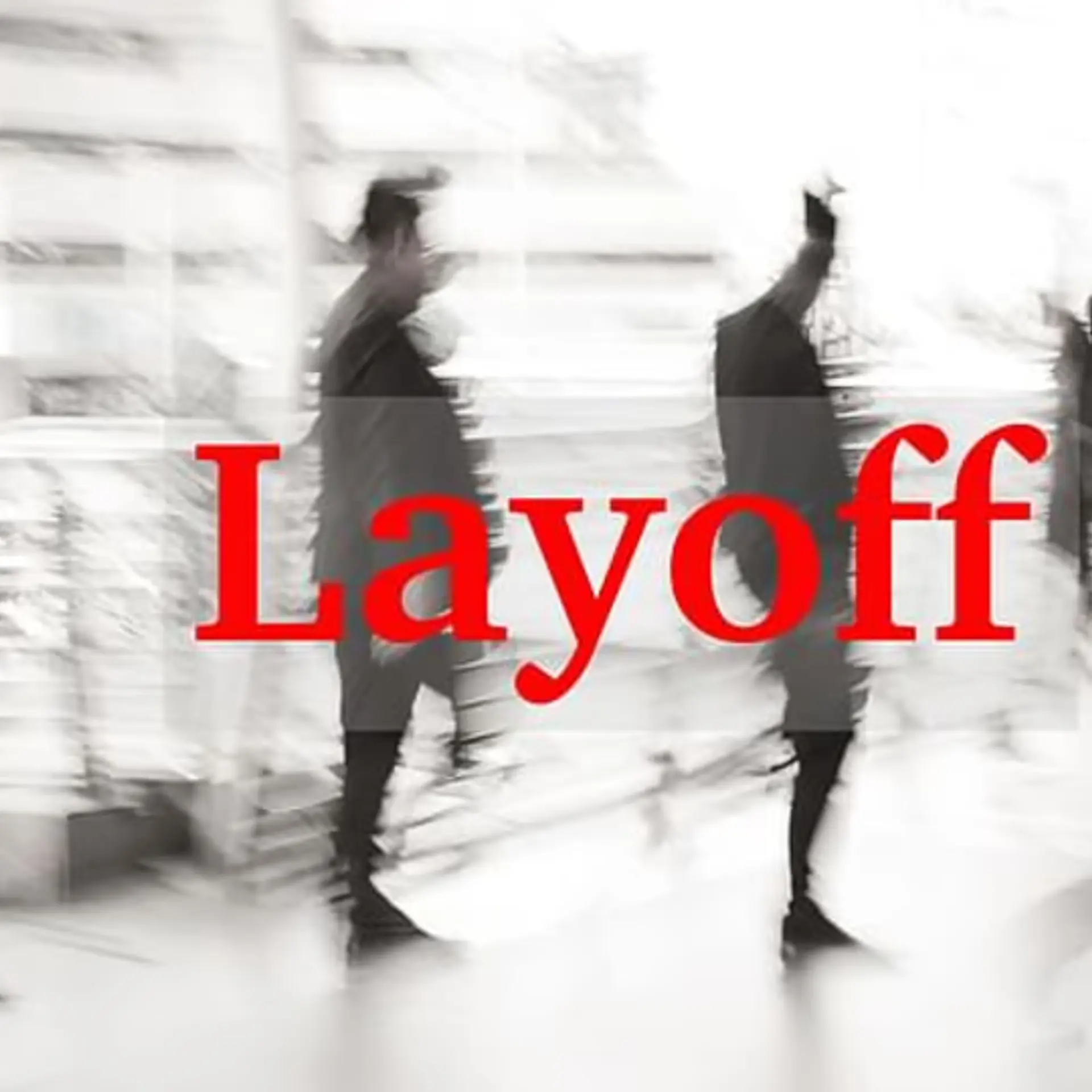Stretch, scale, succeed – design thinking tips from Pavan Soni, author of ‘Design Your Thinking’
In this preview article on CII’s upcoming Global Knowledge Summit, we share author insights on design thinking and its business impacts.
Dr Pavan Soni is the author of Design your Thinking: The Mindsets, Toolsets and Skillsets for Creative Problem-Solving (see my book review here). He is the founder of innovation consultancy Inflexion Point. He is a mentor for NSRCEL at IIM Bangalore and Founder Institute. He graduated from MBM Engineering College, Jodhpur, NITIE Mumbai, and IIM Bangalore.
Pavan is also chairing a panel on design thinking at CII’s annual Global Knowledge Summit being held online on April 8-9 next week. The theme of the 16th edition of the summit is Transforming Knowledge Management for Hybrid Learning and Hybrid Workplaces.
As media partner for the Global Knowledge Summit, see YourStory’s coverage of the editions from 2021, 2020 and 2019, and sessions takeaways from the Bangalore K-Community meetups.
In this chat with YourStory, Pavan Soni talks about the importance of design thinking, its relationship to other creative disciplines, and pandemic resilience.
Edited excerpts of the interview:
YourStory [YS]: In the time since your book was published, what are some notable new examples of design thinking you have come across?
Pavan Soni [PS]: The COVID-19 has really pushed and encouraged individuals and organisations to demonstrate creativity at scale.
While writing the book, I didn't expect the pandemic to have such a far-reaching and deep-hitting impact. But as I see it today the maxim "innovate or die" couldn't have been more descriptive of the times.
The entertainment industry, retail and commerce, fashion, education, and, certainly, healthcare, have demonstrated what it takes to pivot. They have demonstrated an acute sense of human-centricity while doing so.
Think of how the food and beverages industry is using social cues to win customer's confidence, or how the travel industry is signalling to the passengers that it's safe to travel now.
It calls for investment in technology, talent, and training, but the moves here would be defining in the long run how firms persevere.
YS: How has the COVID-19 pandemic affected the findings of your book?
[PS]: The pandemic has validated some of the key ideas that I have shared in the book, primarily on the importance of inspire and scale. I maintain that any attempt of adopting design thinking as an approach to problem-solving must begin with a stretched goal and clear strategic intent and end with the validated idea being scaled, for scale is the real proof of innovation.
What COVID-19 has pushed us all into rethinking is the importance of discipline and institutions that offer the scaffolding on which our ideas take shape and yield results. Organisations must invest in building such internal institutions and foster discipline while approaching problem-solving.
The way the Indian pharma and healthcare sector has raised to the occasion, and our police force and healthcare professionals have gone about their duty, is remarkable of what a clear intent coupled with mechanisms of scaling can do in the face of humanity's toughest challenges.

[YS]: How was your book received? What kinds of responses have you received so far?
[PS]: The book is doing rather well. I have been reading reviews and responses from all quarters -- working professionals, entrepreneurs, students, and academics.
What's interesting is how the audience has been appreciative of Indian case studies and anecdotes that's been covered in the book. So, it's meeting the desired objectives.
It's also doing good on Amazon, featuring consistently among the bestsellers in both Design & Fashion and Creativity categories.
YS: How big a role do academics play in innovation? Can innovation really be formally taught?
[PS]: For one to be innovative, there's a certain threshold level of knowledge about the field that's required. Since creativity calls for generating ideas that are both novel and useful, in the absence of any academic grounding the quality of ideas might suffer.
However, beyond a threshold level, there seems to be no direct relation between educational qualification and creative outcome or innovation. The breadth of knowledge and experience seems to be more important than depth, for creativity is increasingly coming from the fusion of seemingly disparate domains.
YS: What is your current field of research?
[PS]: I am currently continuing on my research area of how firms foster a culture of innovation. This was seeded during my PhD days at IIM Bangalore and remains more relevant than ever before, especially when the workforce is getting distributed and the notion of culture is fast morphing.
While working from home certainly offers great productivity gains, creativity seems to suffer in bargain and that's not sustainable in the long turn, especially with machines taking over the more routine tasks. The field is rich enough to help me sustain my interest over the long run.

Pavan Soni
YS: What’s it like being an innovation consultant? What are the challenges and opportunities you face?
[PS]: Organisations, large and small, are realising the importance of disciplined innovation and are able to reconcile that processes can co-exist with creativity. The entire practice of design thinking is nudging practitioners to embrace a systematic approach to problem-solving, and for a consultant that's like half of the battle won.
Instead of inviting consultants to merely give inspirational or informative talks or facilitating two-three day workshops, the firms are seriously engaging for long-term outcomes, especially around how to influence organisational culture.
Managers are listening better, experimenting more, and are willing to abandon time-tested routines in the light of new outside-in perspectives.
It is a good time to be a consultant on innovation, provided you keep your one leg in research and another in the world of practice.
YS: What are the typical challenges entrepreneurs face as they scale up their company? How can these challenges be addressed?
[PS]: One of the key issues is around discipline — how much and how fast to scale? Unfortunately, discipline can't be outsourced. Often, fueled by investor's money entrepreneurs slip into a moral hazard and they expect the investors and customers to discipline them, but that's a recipe of disaster.
There are three key realms of discipline that must be exercised while scaling a startup.
Firstly, developing real competence in commensuration with ambition. As David Packard famously reminded us: Most companies die of indigestion than starvation. Too much ambition without the ability to do justice to those could lead to a premature demise.
Secondly, hiring the right talent, the ones for the future, with learning abilities and sufficient diversity, instead of hiring fast and then firing quickly.
Thirdly, being close to the customers, instead of investors or other entities. As Jeff Bezos says: The customer doesn't always know what she's dissatisfied with, and it's our job to invent on behalf of our customers.
So you need to be close to your customer but not always in a follower role.

YS: How should innovators strike that delicate balance between ‘Stick to your vision’ and ‘Adapt to a changed world’?
[PS]: Innovators need to be open to possibilities and be willing to act on new opportunities. And you do this by embracing an experimentation mindset.
One needs to be relatively certain of the desired outcome, but flexible about the approach that's best, and this approach would be dictated by the circumstances. The COVID-19 pandemic is a case in point, where the best laid out plans for FY 2020-21 were thrown out of the window and one needs to improvise on every step.
It calls for the ability to listen to weak signals, plant and perform experiments wisely, have the courage to pivot, and reflect on the learning to build sharper intuition.
YS: How should business leaders evaluate weak signals and anecdotal evidence which seem to contradict quantitative market trends?
[PS]: Leaders must learn to live amid a "network of enterprise", where they are listening with intent, observing with purpose, and deferring their judgment.
By surrounding themselves with a wide variety of talent and contexts, they would be more open to what Frans Johansson calls intersectional ideas. This needs building your range, learning about stuff that may not have direct relevance to the business at hand, but can offer useful insights to your next venture.
Well-done market research seldom throws surprises, as it relies on what a large section of the audience has to say, and because the customers often lack the vocabulary to put forth their desires and ideas. Market research always lags true disruption.

YS: How can design thinking be embedded in school and college education in India? Any good examples you have seen of this in action?
[PS]: The New Education Policy 2020 lays emphasis on blurring the boundaries between science, art, and craft, and ushering cross-disciplinary education, which is the right move.
However, there are schools that have systematically been crossing over the conventional boundaries of educational content and delivery style. They liberally borrow from other domains, like drama, military, sports, and business.
More importantly, parents, especially in an urban setup, are more aware of the importance of sports, arts, theatres, music, social skills, alongside studies, giving their children a more holistic development. Marks are slowly ceasing to become the most important parameter to assess a student's worth and schools are a lot more instrumental in this welcome revival.
YS: What are the top three success factors for government and industry to work together and grow design thinking in India?
[PS]: Firstly, offer more avenues to experiment. This would call for funds, lab setup, infrastructure, and a well-built network so that ideas get a fair chance of being tried out.
Secondly, strengthen the intellectual property rights protection and enforcement so that inventors put a lot more premium on their ideas and the customers encourage originality.
Thirdly, give students early access to labs, scientific research, and commercial constructs for them to develop an appreciation of what it takes to march an idea to the market and produce the desired impact.
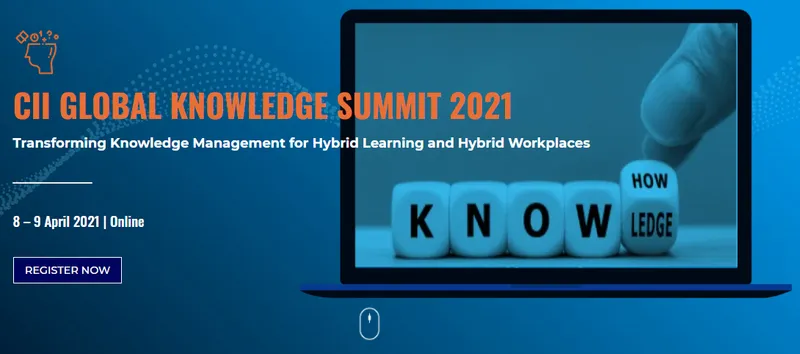
YS: A lot of people continue to confuse 'design' and 'design thinking' — how would you distinguish between these two? Why does such confusion persist?
[PS]: Since design thinking has the word design in it, the audience tends to perceive the concept as deeply rooted in design. While design thinking does borrow the tools and methods from the world of design, it has far moved from the realm of tangibles and today stands for a systematic way of problem-solving.
I maintain that design thinking is more about thinking than designing. Some of the principles of good design, such as human eccentricity, rapid iteration, and visual thinking, are what design thinking brings to prominence in any problem-solving effort, and often results are more inclusive.

YS: What do you see as the differences and similarities between design thinking, lean startup, agile and scrum? How can they be leveraged with one another and strengthened?
[PS]: Design thinking is a useful approach when confronted with complex, ambiguous problems. Here speed and accuracy are of less significance.
The premium is on divergent thinking, exploring the weak signals, getting to know the outliers, and then re-defining the problem which is worth solving. Once greater clarity emerges around the problem, then the tools of lean startups, agile, and scrum can come in handy.
Design thinking must always precede any of the other tools, for a problem fully understood is half solved.
YS: In a world of safe distancing and work from home (WFH), what are the challenges facing design thinking, when face-to-face physical energy in the room is missing?
[PS]: Design thinking thrives under the environment of visualisation, close physical collaboration, access to customers, diversity of the team, and being able to see ideas in action. All of these get compromised in a virtual setup.
However, conducting design thinking workshops in such a milieu also necessitates the creation of new competencies and the adoption of technology in newer ways. For instance, for almost over one year now, I have been conducting design thinking workshops virtually, an idea that I never entertained in a pre-COVID era.
This has certainly helped me look at technology in a different light. But am I waiting to go back to physical workshops? Absolutely yes.
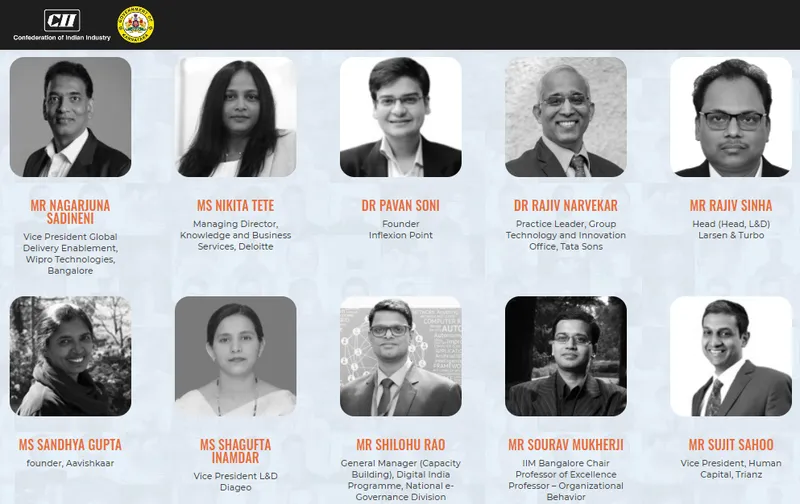
YS: How can social entrepreneurs and non-profit organisations make use of your lean model?
[PS]: I guess human centricity over process or even product centricity would put our social enterprises in good stead.
The triple requirement of human desirability, technical feasibility, and business viability – that design thinking advocates – can be the Holy Trinity for social entrepreneurs to strive for. This would nudge them into looking at their endeavours more holistically and creatively.
YS: What is your next book going to be about?
[PS]: It would be on Innovation Culture, a topic that's both practically relevant and conceptually researched.
It would allow me to give an outlet to my years of research on this topic. I think by bringing in instances from an Indian context, I can add value to our audience.
YS: What is your parting message to the entrepreneurs and aspiring innovators in our audience?
[PS]: We have no dearth of creativity. The only aspect we lack is discipline – and design thinking can be a very practical way of solving important problems enduringly.
So, listen with intent. Observe with purpose. Defer your judgment.
Edited by Saheli Sen Gupta



![[Year in Review 2020] Here are the Top 5 Pivot and Persist stories about startups that changed their business models amidst COVID-19](https://images.yourstory.com/cs/2/fd6b2ee0c6f411e8af1c974e95f3b2db/shutterstock1207152979-1590084243782.jpg?fm=png&auto=format&h=100&w=100&crop=entropy&fit=crop)

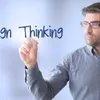
![[YS Exclusive] Digital transformation is based on design thinking: Ranjit Tinaikar, Ness Global CEO](https://images.yourstory.com/cs/2/a9efa9c02dd911e9adc52d913c55075e/Imagewfan-1613303738734.jpg?fm=png&auto=format&h=100&w=100&crop=entropy&fit=crop)


